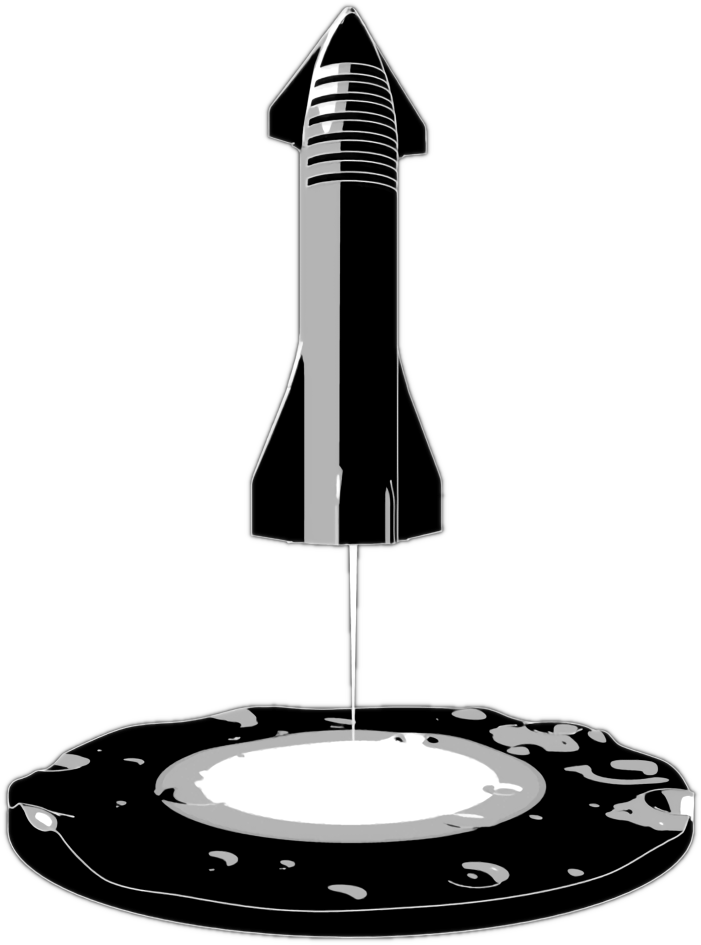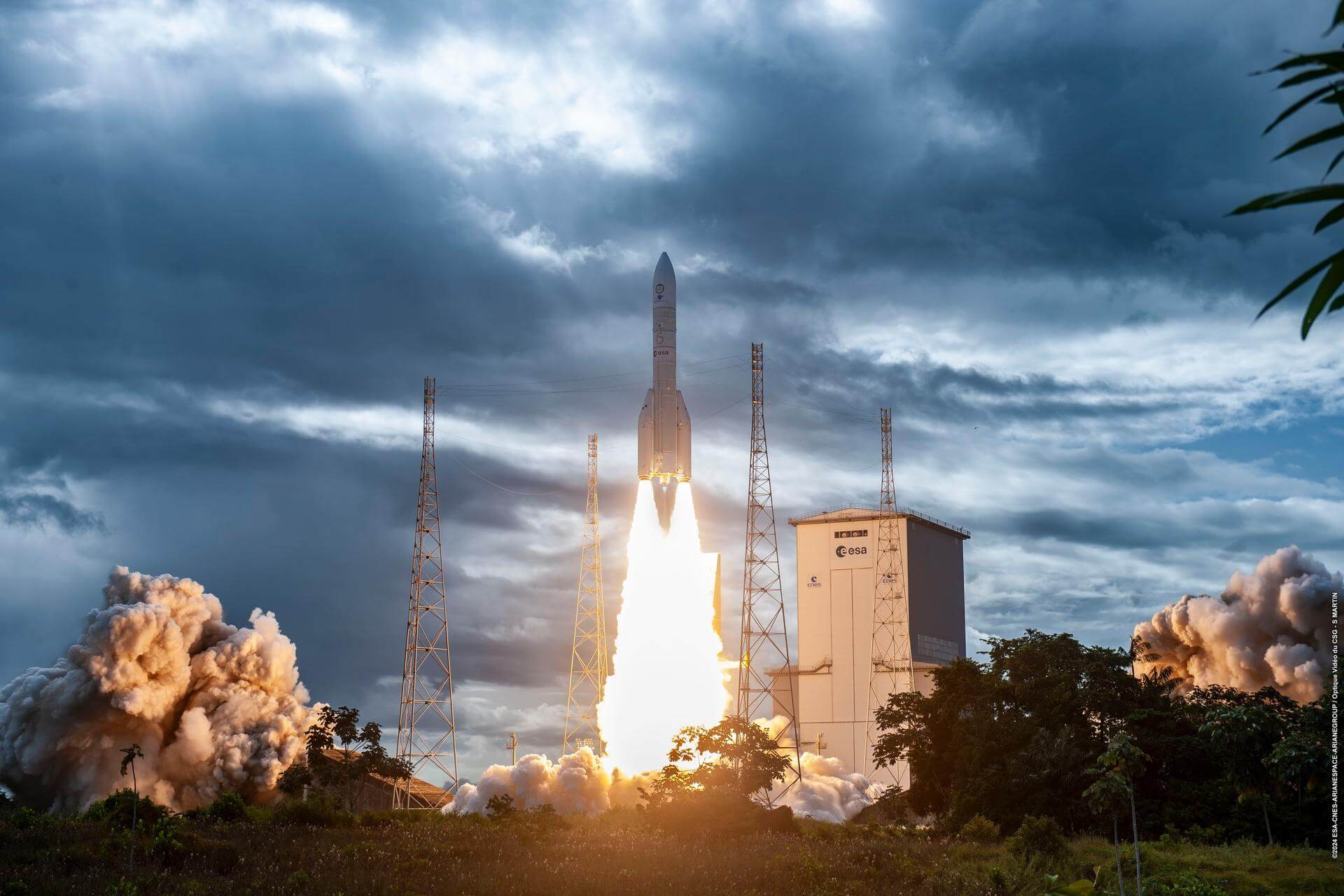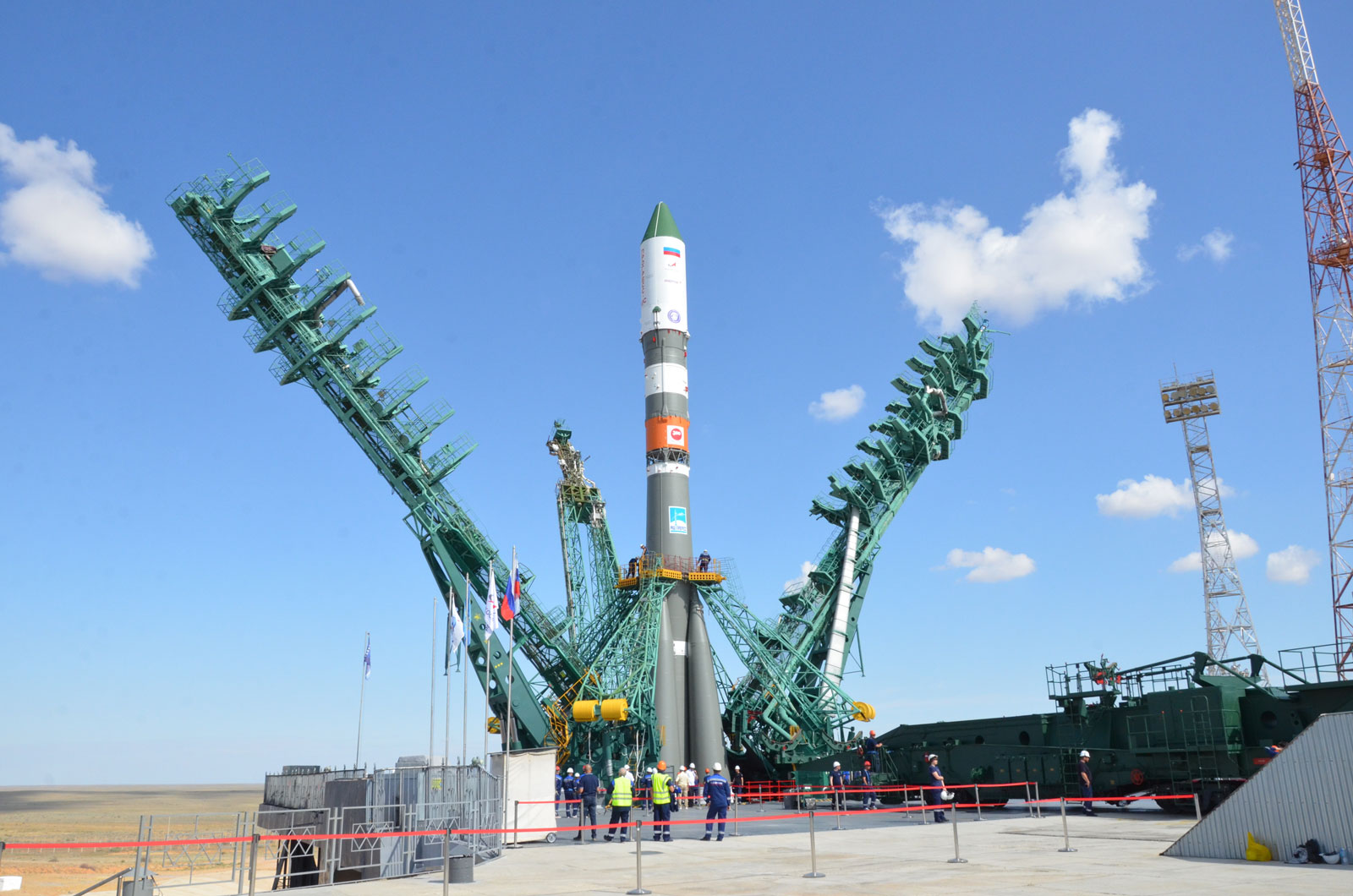· space brief · 6 min read
Space Brief 18 May 2025
Today's briefing highlights recent launches and failures, including an Indian radar satellite setback, successful Rocket Lab missions, and China's debut of upgraded rocket technology.

📄Top Stories
May 17 saw significant activity in the space industry with mixed outcomes. India’s latest attempt to launch a radar imaging satellite ended in failure due to an issue with the rocket’s third stage. Meanwhile, Rocket Lab successfully launched another radar imaging satellite and continues advancements in its Neutron development. In China, Landspace launched six satellites with its methane-fueled Zhuque-2 rocket, marking a milestone in their launch series.
📰Detailed Coverage
Indian Radar Imaging Satellite Launch Fails
India faced a setback on May 17 as a radar imaging satellite failed to reach orbit. The problem occurred during the third stage of the PSLV rocket, which thwarted the satellite’s deployment. This failure is a significant blow to India’s efforts to enhance its Earth observation capabilities.
The technical failure emphasizes the importance of robust rocket components and reliable staging procedures. For satellite trackers, this event underscores the essential role of accurate monitoring to anticipate and manage launch failures. Access live satellite tracking on our web app to stay updated on orbital changes.
Read the full story: SpaceNews
Rocket Lab Launches Radar Imaging Satellite for iQPS
Rocket Lab achieved another milestone by successfully launching a radar imaging satellite for Japan’s iQPS on May 17. The mission marks another successful deployment in a growing series supporting advanced imaging technologies in space.
The launch from New Zealand’s Māhia Peninsula boosts iQPS’s capabilities in delivering high-resolution earth imaging services. This success highlights Rocket Lab’s reliability and growing portfolio of small satellite launches, reinforcing its relevance in the emerging market of commercial satellite services.
Read the full story: SpaceNews
Landspace Achieves Successful Satellite Deployment with Zhuque-2 Rocket
Chinese startup Landspace celebrated the successful deployment of six satellites using its enhanced Zhuque-2 rocket. This marked the fifth launch in the Zhuque-2 series, utilizing innovative methane-fueled technology to achieve a cleaner and more efficient launch process.
The advancement with the Zhuque-2 also signifies China’s commitment to improving commercial launch capabilities, providing competition to international launch services. This lays the groundwork for more frequent and reliable access to space, with increasing implications for global satellite operations and tracking.
Read the full story: SpaceNews
Rocket Lab Advancements Propel Neutron Development
Rocket Lab reported significant progress in the development of its Neutron rocket, a medium-lift launcher designed to expand its market reach. Recent milestones include successful testing phases that demonstrate Neutron’s capabilities in handling larger payloads compared to Rocket Lab’s Electron rockets.
This development positions Rocket Lab as a key competitor in the medium-lift launch market, potentially enhancing satellite deployment frequency and cost-effectiveness. Its integration into commercial operations could redefine payload management and logistics for various satellite missions.
Read the full story: NASASpaceFlight.com
🛰️Satellite Spotlight
- Satellite Name: IRIDIUM 146
- NORAD ID: 43254
- Launch Date: March 30, 2018
- Mission: Communication and traffic monitoring through L-band and Ka-band technologies.
- Orbit: Low Earth Orbit (LEO)
- Operator: Iridium Communications Inc.
- Fun Fact: IRIDIUM 146 is part of the Iridium Next constellation, which aims to provide global communication services, even in remote areas of the planet.
Track this satellite in real-time on our web app: Track IRIDIUM 146
🌌Space Weather
Current space weather shows Enhanced solar wind (721 km/s).
R0 - S0 - G0
Next 24 Hours: Operators of satellites can expect no risk of radio blackouts or solar radiation storms, but they should be aware of moderate geomagnetic activity and minor geomagnetic storms. This increased geomagnetic activity, rated at G1 (Minor), will be due to the influence of a positive polarity coronal hole high-speed stream (CH HSS). Satellite communication users should keep in mind that there is a possibility for R1-R2 (Minor-Moderate) radio blackouts, with a slight chance for R3 (Strong) over 18-20 May. While ground-based radars and telescopes may experience minor disruptions during geomagnetic storms, overall operations should remain relatively unaffected.
Beyond: The forecast for solar and geomagnetic activity from 12 May to 07 June 2025 suggests that solar activity will predominantly remain low, with limited chances for M-class flare activity. No proton events are expected at geosynchronous orbit, but satellite operators should prepare for moderate levels of the greater than 2 MeV electron flux from 06-28 May and again on 06-07 June. Smaller bursts of high electron flux are expected between 29 May and 05 June due to increased influences from coronal hole high-speed streams. Geomagnetic activity is anticipated to reach minor storm levels on 28 May - 01 June, which could impact satellite operations. Active levels are likely on 13 May, and again on 02 June and 06 June, while mostly unsettled conditions are expected on 12, 14, and 18-21 May, as well as 02 and 05 June. Operators should be ready for quiet levels on 15-17 and 22-26 May, indicating minimal impacts during those times.
🚀Upcoming Space Launches
May 18
- Indian Space Research Organization PSLV-XL:
- EOS-09 (RISAT-1B) from Satish Dhawan Space Centre, India (00:00 UTC) RISAT-1B is a radar imaging satellite designed for applications including agriculture, forestry, and military surveillance.
May 19
- Galactic Energy Ceres-1S:
- Unknown Payload from Oriental Spaceport mobile launch ship, Sea Launch (07:29 UTC) Details TBD.
May 20
- SpaceX Falcon 9 Block 5:
- Starlink Group 12-15 from Cape Canaveral SFS, FL, USA (03:40 UTC) A batch of satellites for the Starlink mega-constellation - SpaceX’s project for space-based Internet communication system.
- China Aerospace Science and Technology Corporation Long March 7A:
- Unknown Payload from Wenchang Space Launch Site, People’s Republic of China (11:42 UTC) Details TBD.
- SpaceX Falcon 9 Block 5:
- Starlink Group 11-16 from Vandenberg SFB, CA, USA (21:42 UTC) A batch of satellites for the Starlink mega-constellation - SpaceX’s project for space-based Internet communication system.
May 21
- CAS Space Kinetica 1:
- Unknown Payload from Jiuquan Satellite Launch Center, People’s Republic of China (03:54 UTC) Details TBD.
May 23
- Russian Space Forces Soyuz 2.1a/Fregat-M:
- Kosmos (Unknown Payload) from Plesetsk Cosmodrome, Russian Federation (07:00 UTC) Unknown classified payload for the Russian military.
May 24
- SpaceX Falcon 9 Block 5:
- Starlink Group 17-1 from Vandenberg SFB, CA, USA (16:14 UTC) A batch of satellites for the Starlink mega-constellation - SpaceX’s project for space-based Internet communication system.
- SpaceX Falcon 9 Block 5:
- Starlink Group 12-22 from Cape Canaveral SFS, FL, USA (17:19 UTC) A batch of satellites for the Starlink mega-constellation - SpaceX’s project for space-based Internet communication system.
May 26
- SpaceX Starship:
- Flight 9 from SpaceX Starbase, TX, USA (23:30 UTC) 9th test flight of the two-stage Starship launch vehicle.
Note: Launch dates and times are subject to change due to technical or weather considerations.

Maurice Stellarski





